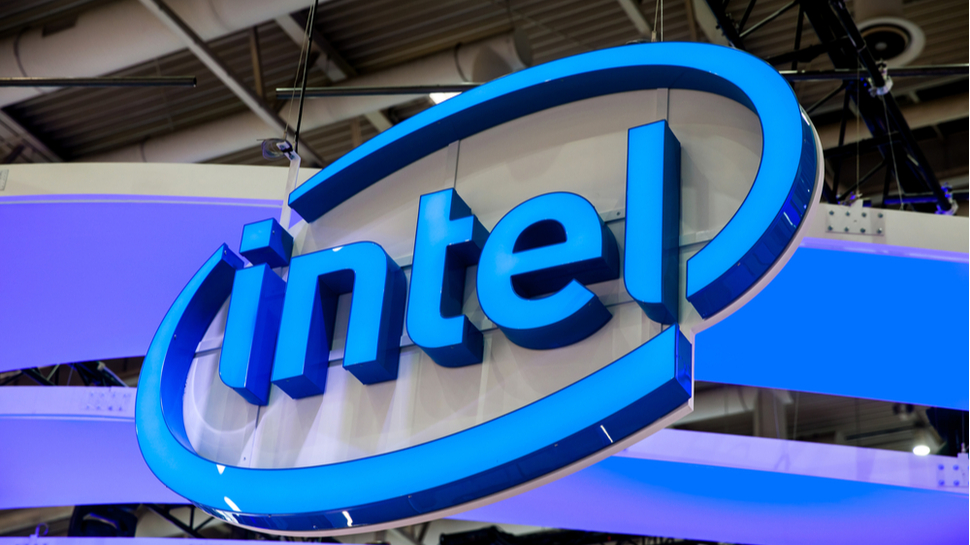Intel Xe-HPG gaming graphics card could beat Nvidia and AMD’s best in one key area
Rumor suggests it’ll be 6nm

When Intel launches its very first gaming graphics cards next year, it’ll need to do something special to take on Nvidia’s Ampere and AMD’s RDNA 2 next-gen GPUs – and a new rumor suggests that the company will do so by enlisting the help of TSMC to build its Intel Xe-HPG GPU using the 6nm process node.
We’re getting a clearer picture of Intel’s GPU plans, and while the Intel Xe-LP and Intel Xe-HP GPUs look like they will be fabricated on Intel’s 10nm SuperFin node, with the Xe-HPG, Intel seems to be getting some outside help to get it on a much smaller 6nm process node.
- These are the best gaming laptops
- Check out all the best PC games
- What will Nvidia's next-gen GPUs be called?
According to IThome, Intel’s Xe-HPG GPU will be produced using TSMC’s (Taiwan Semiconductor Manufacturing Company) 6nm process node – a cutting edge lithography technology that will offer 18% more logic density compared to TSMC’s 7nm process.
Getting ahead
Using the 6nm process could give Intel’s Xe-HPG GPU a leg up when it comes to competing with established rivals Nvidia and AMD. Nvidia’s upcoming Ampere lineup of GPUs will be built on TSMC’s 7nm FinFET process, while AMD’s RDNA 2 microarchitecture will use TSMC’s ‘Enhanced’ 7nm process.
Having smaller transistors with the 6nm process, means Intel could make more power-efficient graphics cards that can perform better without producing too much heat. The denser the chips, the better performing they could be as well – and it could also mean it’s cheaper for Intel to produce lots of them – and faster as well.
This could help Intel produce more GPUs – which would certainly be useful seeing as the company is a newcomer to discrete gaming graphics cards compared to AMD and Nvidia.
You may have noticed that TSMC appears to be the big winner in all of this, and as the world’s largest semiconductor foundry, it also works with companies such as Apple and Qualcomm.
Get daily insight, inspiration and deals in your inbox
Sign up for breaking news, reviews, opinion, top tech deals, and more.
It therefore wouldn’t be surprising if Intel enlisted TSMC's help – especially since Intel recently revealed it was having to delay its 7nm processors until late 2022 at the earliest. When it made that announcement, it revealed plans to work with third party foundries to manufacture its chips – so it seems likely it would do the same for its GPUs as well.
- These are the best graphics cards right now
Via Wccftech

Matt is TechRadar's Managing Editor for Core Tech, looking after computing and mobile technology. Having written for a number of publications such as PC Plus, PC Format, T3 and Linux Format, there's no aspect of technology that Matt isn't passionate about, especially computing and PC gaming. He’s personally reviewed and used most of the laptops in our best laptops guide - and since joining TechRadar in 2014, he's reviewed over 250 laptops and computing accessories personally.